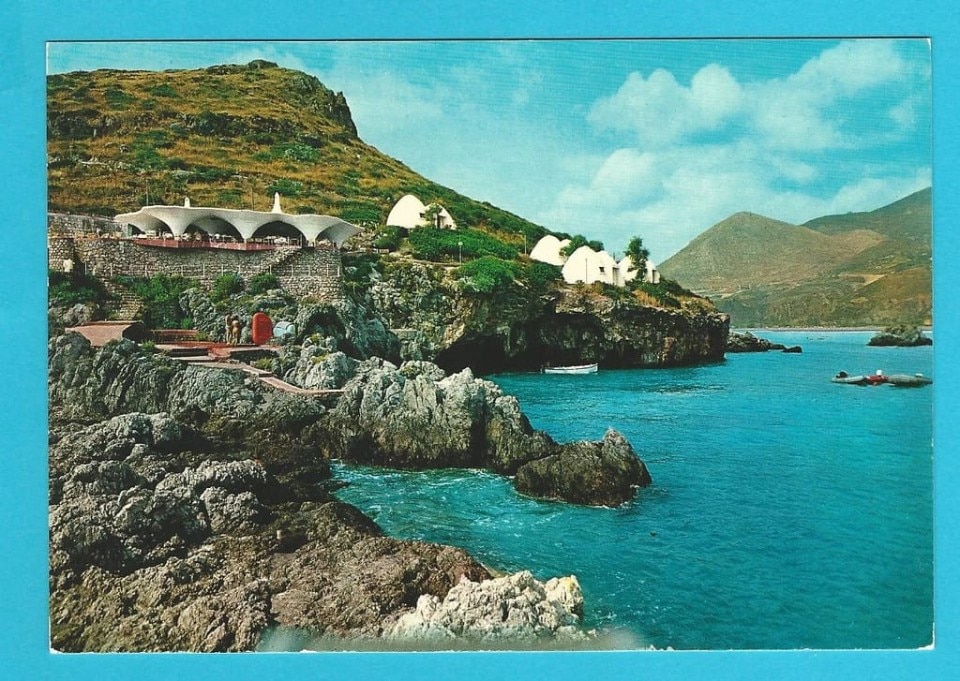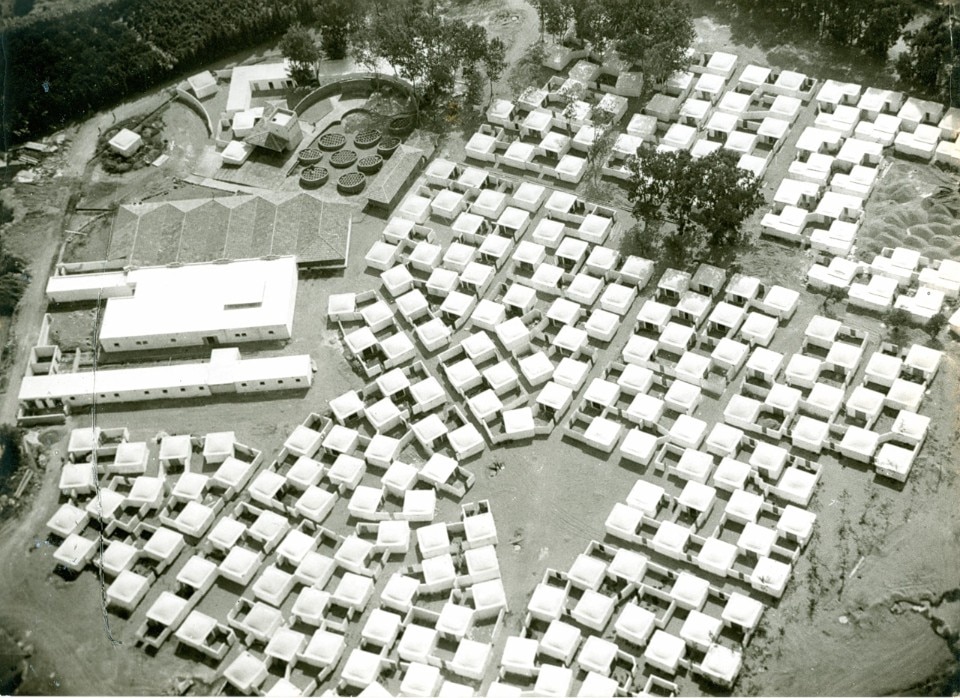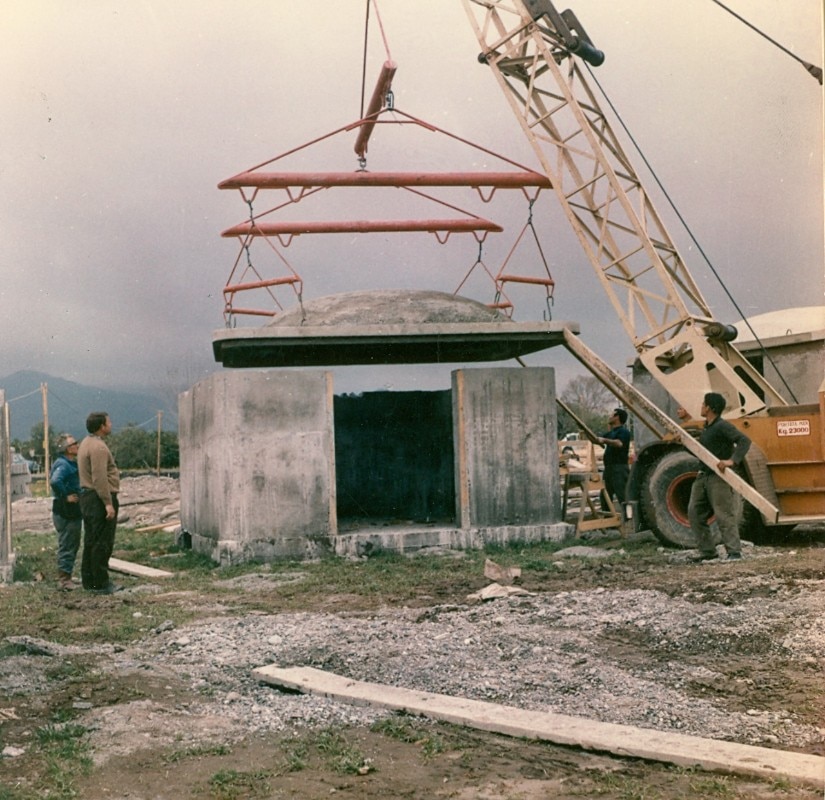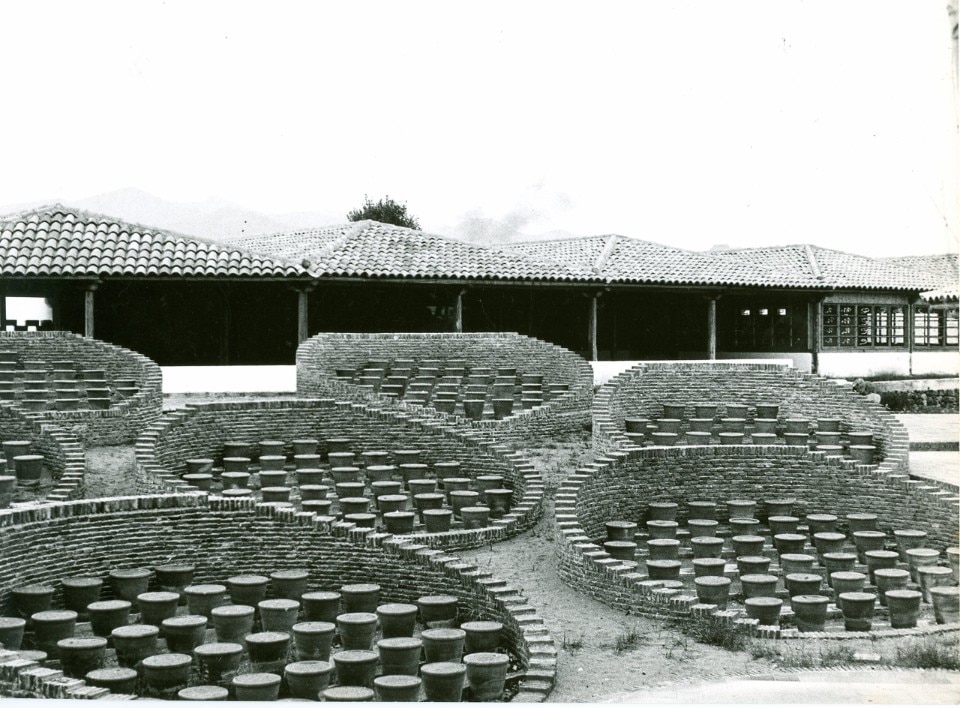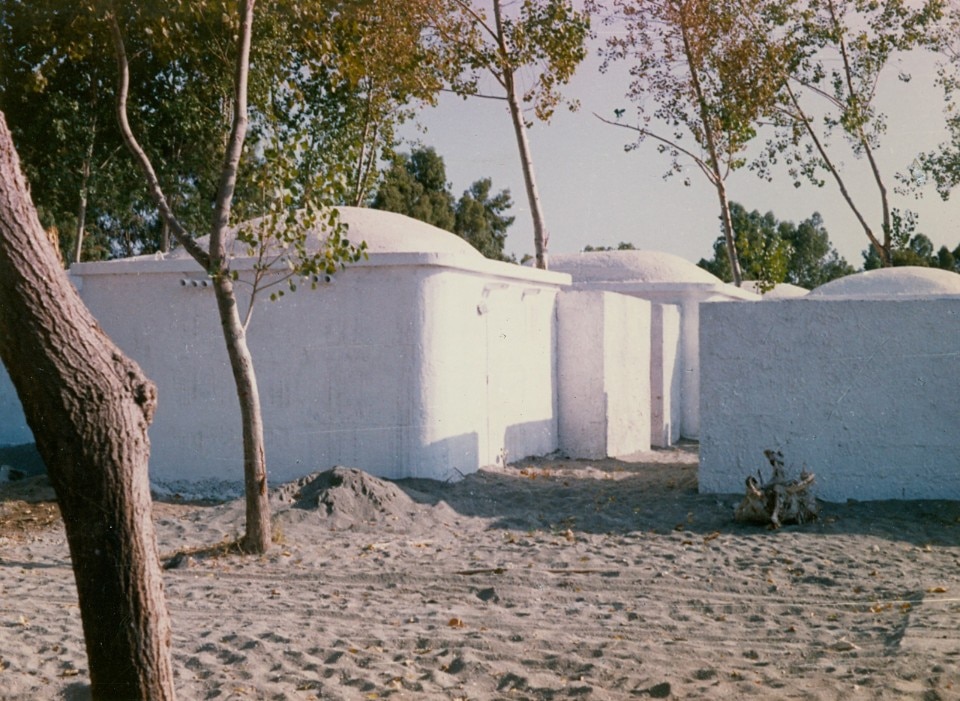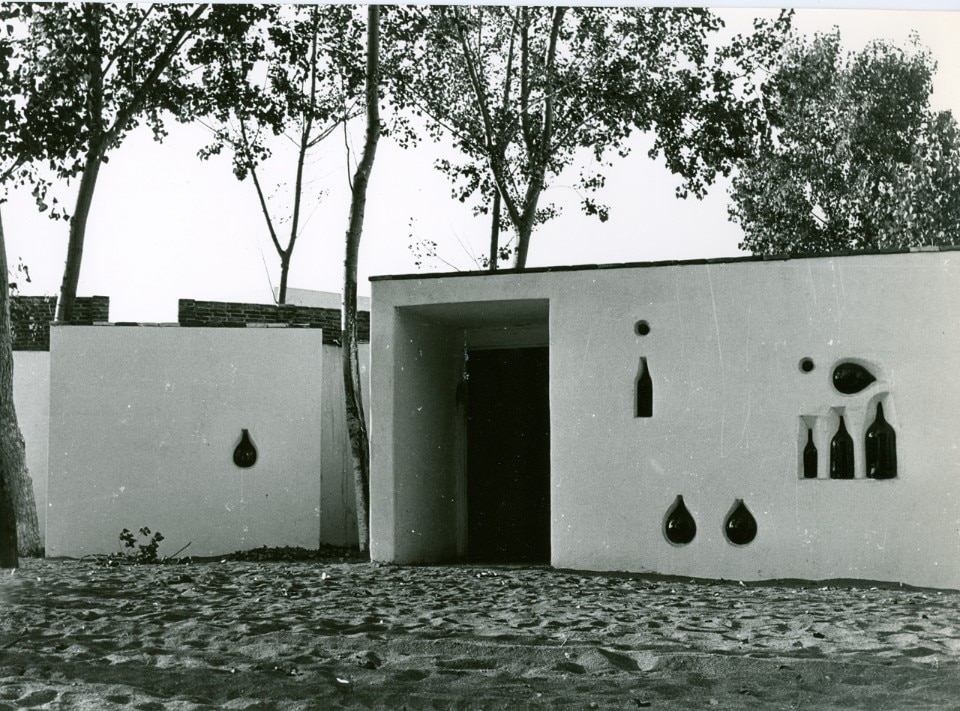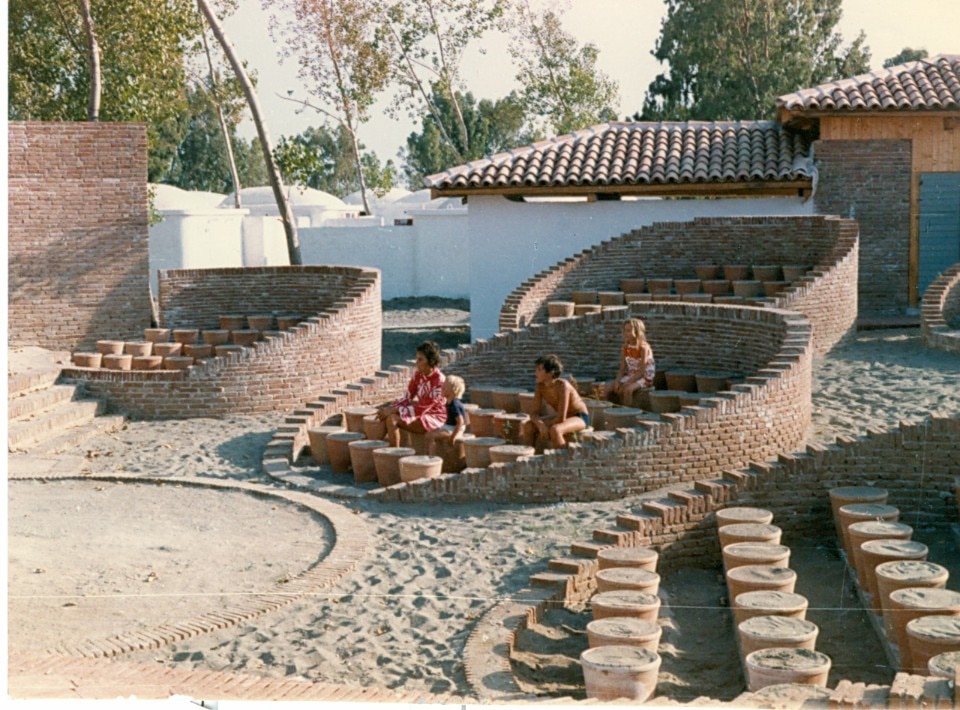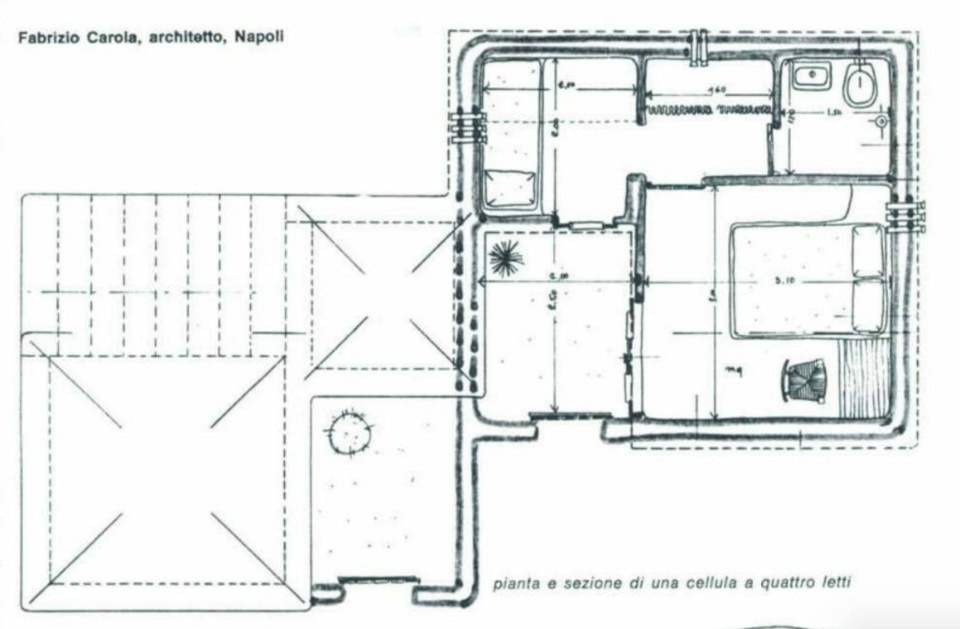The broad range of activities we can carry out in our free time include, above all, holiday breaks, linked to the personal tastes and needs of those who experience them: some prefer to travel to exotic locations, others prefer a relaxing holiday a few kilometres from home, others to the mountains, the sea or the countryside.
Following the economic boom in Europe and America after the Second World War, a new idea of mass tourism was born, no longer exclusive, but available to all. The property and construction market responded to the emerging needs of a society that distinguished labour time from leisure time, and entrepreneurs began to invest in large-scale operations that spread like wildfire across the land. This gave rise to new models of tourism, which in architecture translated into the design of tourist villages built first and foremost on the coast and in the mountains.
In Southern Europe especially, an area where seaside and mountain tourism traditions are more pronounced, large-scale projects were built for villages with integrated services which functioned as self-sufficient communities and undermined the hotel market. The success of this typology was closely linked to the spread of prefabrication, a construction process which enabled the building of individual housing units in a short time and at low cost. Architecture was moving towards an idea of mass production linked to the principles of modern industry, which in tourist villages resulted in the design of prototypes that could be reproduced in space ad infinitum, thereby generating giant holiday resorts.
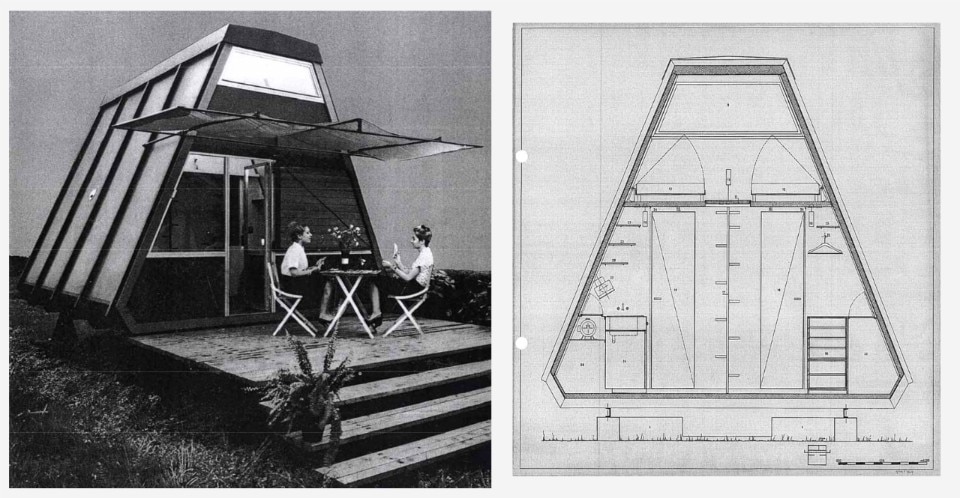
One example is the Minolina Hut, designed by Giulio Minoletti between 1960 and 1962 and produced by Holiday, at Alpe Devero in the province of Verbania. The hut, with an area of just sixteen square metres, is a prototype that can be reproduced in any context, so much so that today it is possible to stay in one of these structures at the La Francesca resort, in Cilento. These villages have a similar layout and are made up as follows: housing units of various dimensions, suitable for families of adults and children, and common areas and services such as restaurants, shops and sports centres. Some even have a theatre. Staying in a village means embracing a lifestyle in which leisure is associated with a new form of social gathering; village guests enjoy their holidays in contact with nature and the other inhabitants of these micro-cities.
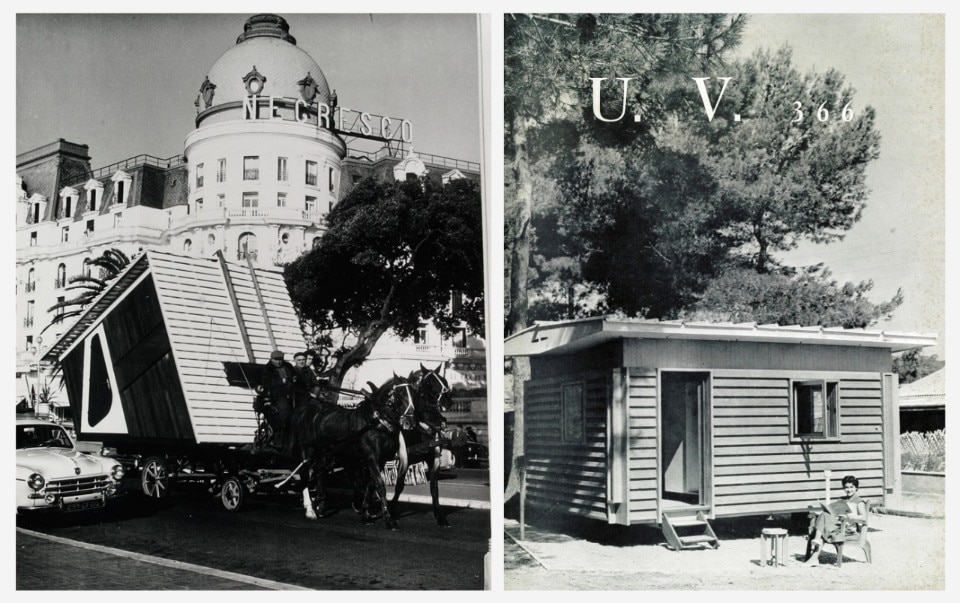
While in France Guy Rottier, with the great timber industrialist Charles Barberis, designed transportable prefabricated houses to build villages on the Côte d’Azur (1958-61), in Italy Fabrizio Carola designed the French Touring Club in Taormina, a holiday resort made up of 263 prefabricated micro-cellular items (1968). An almost despotic vision of life linked to the idea of relaxation promoted by the same entrepreneurs whose aim was to involve the urban masses.
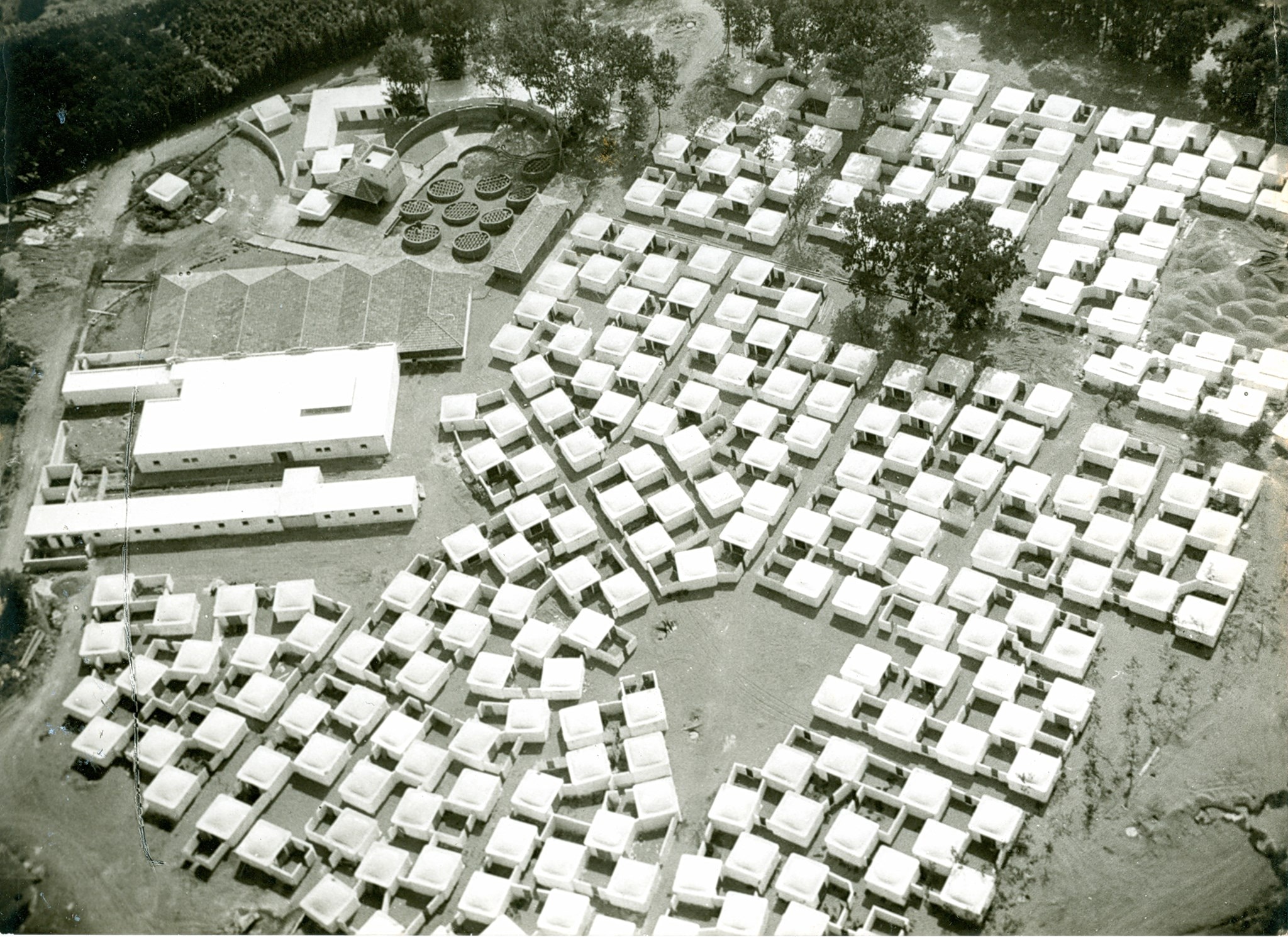
Some projects are genuine appropriations of entire islands, such as the case of Isola di Dino, in the province of Cosenza, purchased in 1962 by Gianni Agnelli. The resort was designed by Giancarlo Simonetti, of whom little is known except that at the time he was a member of the Swiss firm Frei, Hunziker & Associés of Collonge-Bellerive; the architect designed a landing stage, a series of cottages in the upper part to accommodate guests, and “tuculs” housing the restaurant and other commercial services in the lower part, near the Grotta del Leone. The island was completely abandoned in the 1990s, like many other luxury projects, containers for the enormous summer flows destined to become architectural simulacra of society’s broken dreams.
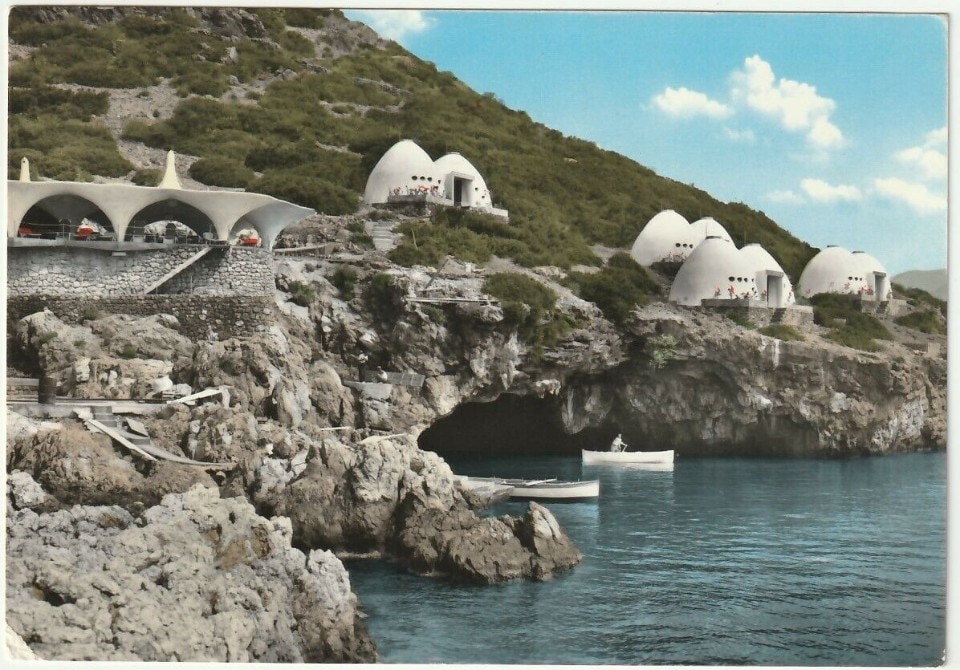
Over half a century, this model of tourism, that embodied the idea of a “fake” holiday haven, became dominant and led to the construction of a large number of villages in Europe (especially in France and Italy) and the United States. This led entrepreneurs to constantly search for architects who could best interpret market needs, by designing villages with the most extravagant forms, even if they became alienating and far from any architectural and landscape principles. The countless problems of these complexes led to a crisis in the tourist model itself, and to a subsequent reinterpretation of the theme in new forms more akin to those of hotel tourism, such as resorts, places to stay where there are shops, restaurants, spas, entertainment areas and so on.
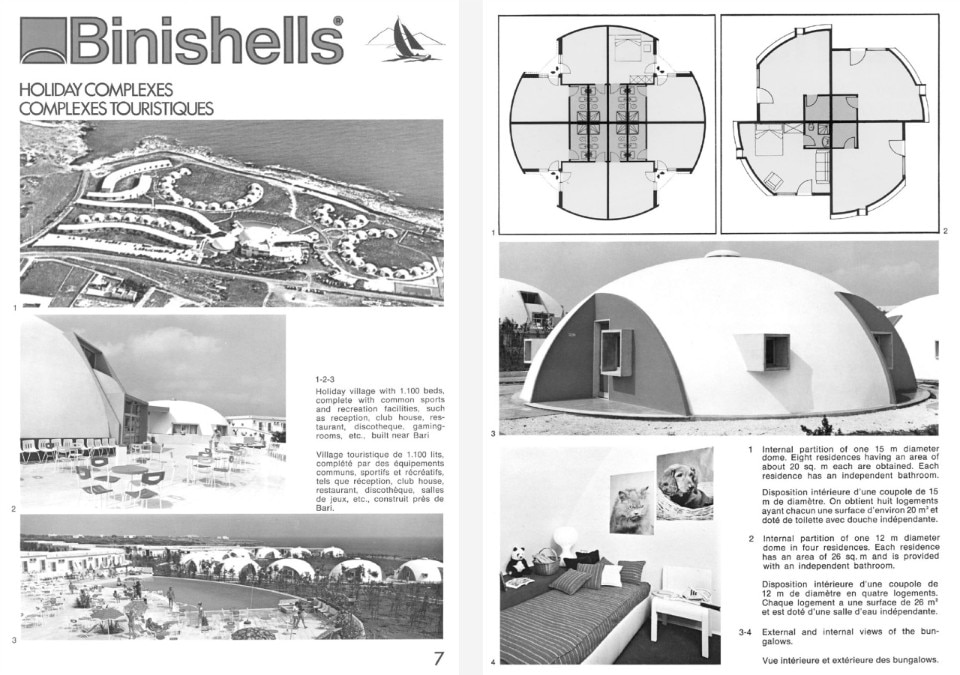
Nostalgic images of a world no longer ours, many of these villages remain on the Italian coast as relics, evoking the long years of misinterpretation of the needs of civilisation, of economic and social wellbeing, of urban planning and design errors, largely due to the fact these large holiday structures lacked any connection with the surrounding landscape. Today, the idea of the consumer society based on ever increasing wealth and wellbeing has been reduced to a myth, to a nostalgic memory, but we can still relive that false sensation by staying in the structures that are still functioning, or visiting the abandoned ones scattered across the country, which have become a constellation of triumphant failures.
Opening image: Postcard from Isola di Dino, Praia a Mare (CS), 1961-62. Project by the architect Giancarlo Simonetti, commissioned by Gianni Agnelli.


